Originally published by Inc. Magazine, July 14, 2015.
Have you ever wondered why America’s presidential candidates announce so early?
Look at it this way: Scott Walker, the governor of Wisconsin, announced his candidacy July 13, almost 500 days before the election. To the naked eye, it seems like a ton of advanced notice. In reality, Walker is a latecomer, the 20th candidate from a major party to declare. The earliest of these, Ted Cruz, announced in March.
You might think: Hasn’t it always been this way? Actually, no. But starting early makes a huge difference from a money point of view, which is why entrepreneurs in need of startup cash might want to watch the workings of these political fundraising machines more closely.
Time Is Money
As the Economist pointed out in the wake of Walker’s announcement, campaigns in the 1970s used to begin just a few months before election day. So what happened?
Both parties rewrote rules to emphasize primary elections in the states. Candidates now “had to make their pitches directly to ordinary voters, which takes longer,” notes the Economist. The other consequence was that fundraising (even political action committee (PAC) fundraising that’s not officially for the campaign) begins earlier too.The Economist cites Jeb Bush’s Right to Rise PAC, which formed in January, six months before Bush declared, and raised $103 million by June 30.
So you can already see one big advantage of forming a PAC early: You’ll have more time to raise funds, in advance of the boost you’re certain to get after you announce. Bush’s official campaign, for instance, “took in a further $11.4 million in the two weeks since announcing on June 15,” the Economist points out.
In the world of entrepreneurship, you can find a comparable advantage to proper timing in the arena of crowdfunding.
Presidential candidates create fundraising momentum and media attention through a PAC and promotional appearances before they officially announce. Then they receive a fundraising boost from the announcement. Likewise, the start of your crowdfunding campaign should be a booster shot to your already-launched marketing efforts. It should not be the launch itself.
As John Boitnott points out in his crowdfunding primer, there’s a reason Pebble sold more than $15 million in smartwatches with 22 days to go during its Kickstarter campaign back in March. “It is an established brand with existing interested customers and tons of past press coverage, as well as the backing of Kickstarter itself,” he writes.
You want your own fundraising efforts to emulate those advantages. How do you do that if you’re a startup with no track record? You practice patience. You don’t launch your campaign until you’ve established a marketing base. This includes professional photos and videos. It also could include a customer-referral program, and additional marketing in the right places, notes Boitnott. “For example, if you’re raising a campaign on Kickstarter for a software development project, buying a sponsored post on a niche coding blog may help you more than using promoted tweets,” he writes.
Get Famous or Die Trying
Consult the list of presidential candidates, and you’ll see: It’s mostly a group of current or former governors or senators. In other words, it’s full of people who’ve run for office before, who have a track record of raising money to support campaigns.
Likewise, some of the most successful crowdfunding campaigns you’ll find are not from first-timers. They come from entrepreneurs or companies who’ve done the crowdfunding thing before–who know what it’s like, who have an established base of loyal fiscal supporters.
For example, Kickstarter recently said that users who meet their funding goals on one project have a 73 percent chance of meeting their goals the next time around. By contrast, only 38 percent of first timers meet their goals. Which means, to do some quick math, that if your initial campaign meets its goal, you’ll have almost doubled your chances for success the next time around. Slava Rubin, CEO of Indiegogo, told the Wall Street Journal that he saw a similar pattern of experience paying off.
Part of it is knowing the ropes of crowdfunding and the attendant marketing it requires. Another part of it, simply put, is the art of gaining fame and popularity–which necessarily takes time. As my colleague Graham Winfrey pointed out earlier this year, “breaking a fundraising record doesn’t require a history of flying spaceships, but it doesn’t hurt.”
He was referring to how an Indiegogo campaign from actors Alan Tudyk and Nathan Fillion–famous for their roles on Joss Whedon’s sci-fi TV series Firefly–raised more than $1.5 million from roughly 21,000 backers in about 48 hours. They were raising money for a new web series called Con Man.
It would be one thing if Tudyk’s and Fillion’s case were an isolated example of TV fans opening their purses for programming. But it’s not. As Winfrey observes, a 2013 Kickstarter campaign for a film version of the TV series Veronica Mars reached its $2 million goal within half a day, eventually raising $5.7 million.
Obviously, the lesson here cannot be: “To raise money, get a TV show.” That would be farfetched and useless.
Rather, the takeaway is something like this: The seeming magic of many “overnight” crowdfunding successes is typically years in the making–and often fueled by an existing track record of time in the limelight on the national stage.

